Governance and Individual Rights among Indigenous Peoples of the North
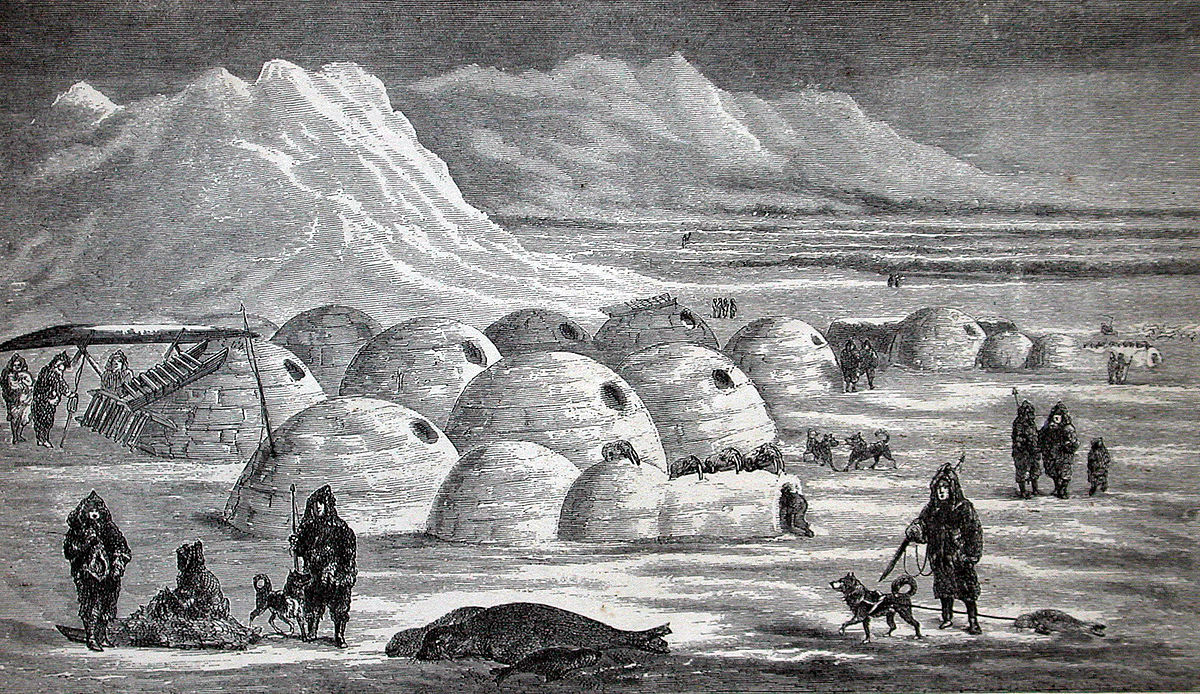
The interface between nomadic peoples and sedentary populations provides valuable insights into how governance and the respect of individual rights has evolved over time. Experiences and practices of ancient cultures that have been carried down and practiced today can enrich our understanding of the human condition and perhaps give us insights into possible new directions.
We explored these topics with Dr. Mathias Nordvig a visiting assistant professor of Nordic and Arctic Studies at the University of Colorado, Boulder and the publisher of the Nordic Mythology Channel, uncovering interesting insights into the thoughts and lives of indigenous peoples.
In a previous interview with Dr. Nordvig about Medieval Iceland and libertarianism, we explored the idea that voluntary, anarchic, or even libertarian societies may have spontaneously emerged or existed at some level at different times in history. In this context, we defined ‘libertarian’ as a society based on the principle of non-aggression. Our findings were consistent with some degree of voluntarism and anarchy, but the Non-Aggression-Principle of libertarianism did not exist beyond basic Christian teachings, and there were no formal theories used to either promote or defend voluntary or anarchic principles.
Individual Rights and Responsibilities
Research done at Oxford University by anthropologists Oliver Scott Curry, Daniel Austin Mullins, and Harvey Whitehouse, has uncovered seven foundations for morality, including family values, group loyalty, reciprocity, individual bravery, fairness, respect, and individual property rights that seem to represent a ‘natural state’ for humanity.
According to Dr. Nordvig, polar societies have integrated these seven values along either hunter-gatherer or pastoral-herding economies. A primary difference between these communities and the agrarian-based societies further south is that the nomadic and semi-nomadic peoples of the north do not recognize land ownership in their understanding of property rights. They do recognize fluid territorial regions and will sometimes act out aggressively against incursions, but these territories are seen as temporary affordances that change and dissolve over time as circumstances warrant.
Due to the small population sizes and harshness of the environment, it is difficult to police the behavior of individuals, so a large degree of autonomy is reserved to the individual. It is unclear if this is a part of natural human morality or just a lack of sufficient social pressure to demand more conformity. However, it seems that in modern times, this has become a social value that Inuit people incorporate into their identity and understanding of what it means to be Inuit.
In modern times, it seems that Inuit have cultivated this form of personal autonomy as a specific indigenous marker of their identity. Being an autonomous individual, who is also part of a larger group, is a social value that many Inuit consider part of their core identity.
Dr. Mathias Nordvig
The Inuit people of northern Canada and Greenland organize themselves in very small tribes, generally less than 100 individuals, and based on a few families that were generally closely related. They have a closer relationship with animals than they have to the land itself. There is often little distinction between the human and the animal, with an exception carved out for cannibalism. It is generally seen as immoral and a crime against humanity to eat the flesh of other humans.
Each group is expected to treat the animals they consume with respect and concern for their emotional well being. A group that does not make the spirits of the animals feel welcome and respected in their tribe will expect their hunts to fail as the animals abandon them, due to their lack of respect and consideration. Dr. Nordvig surmises that the behaviors are likely to have evolved out of the dynamic feedback of the hunter-prey relationship, and helped to protect the animal populations from over depletion, thus ensuring a more stable food supply.
When violations of social norms or moral foundations occur, the tribe turns to the best hunters and the oldest members of the group to adjudicate the violation, determine how best to correct the infraction, and meet out any punishment or retraining on the offenders. Members of the tribe participated voluntarily, and often quite enthusiastically, as members who did not agree with or respect the decisions were free to leave at will, as we can assume happened as these bands would grow and split over time.
Many of the rituals and behavior codes are embedded in shamanic hero epics. A notable example includes a legend about overcoming revenge, in which a hero figure befriends a seal-human hybrid who is killed by a jealous tribesman. The mother of the seal gets revenge by killing most of the hunters of the group, and later when the hero marries, his wife is murdered and he learns that forgiveness is a viable answer to violence. Scandinavian legends of Odin carry similar instructions on behavior and cultural wisdom.
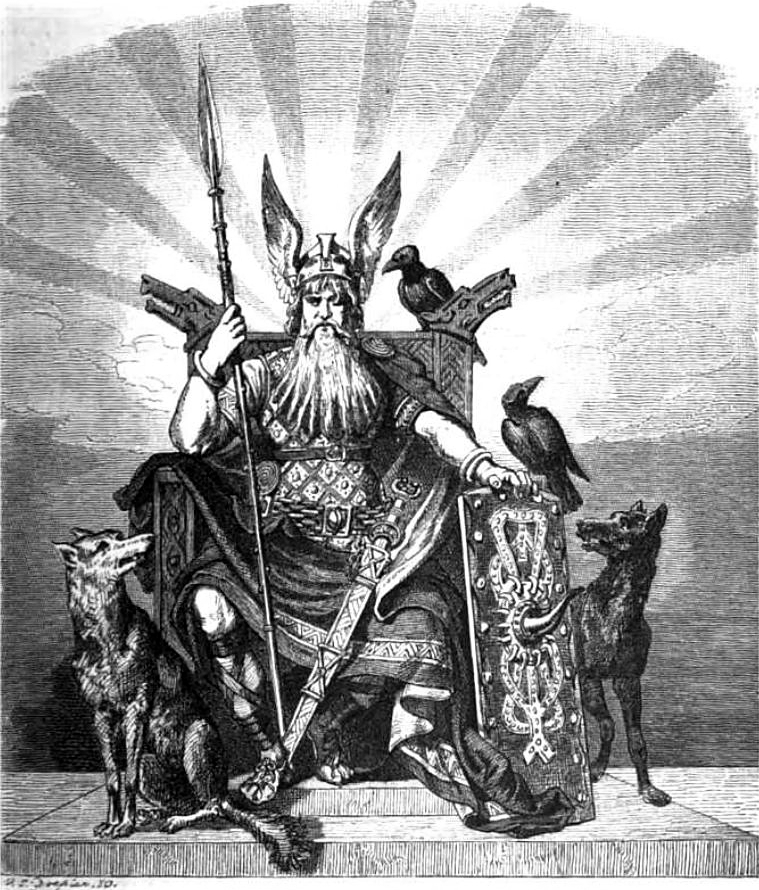
Due to the tight relationships of trust inside these small, interrelated groups, the governance structure is fluid and more informal than experienced in larger, more settled agrarian societies.
During the summer months, different groups may congregate to trade freely, fraternize, and celebrate. Intermarriage often occurs at these informal trading sites, and over time, desirable locations can become habitual meeting places. Because of the moral foundation of reciprocity, if one group has an overabundance of a resource they will often share freely without the expectation of immediate exchange in the hopes that future overabundances by other groups will be shared back in return.
Conflict during such encounters is mitigated by deferral to the authority of the elders and best hunters. In the rare instance of insoluble conflict, the low status person can seek out a new group or attempt to survive alone, although lone survival is perilous and was rarely successful.
Over time, each of the different northern peoples has evolved different rituals to address conflict, but the Oxford researchers have shown the solutions cluster around the same predictable moral foundations for expanding justice.
Interactions with and Cultural Oppression by Settled, Agrarian Societies
As European societies grew and spread to North America, more and more interactions occurred with the first peoples of the North. First peoples experienced assimilation, centralization, genocide, and other acts of cultural genocide. When Inuit societies meet out formal punishment it can put them in conflict with modern governments. Despite the traditionally low murder rate among first peoples and the generally low rate of serious infractions of Canadian law, there have been major conflicts. In recent years, the Canadian government has interfered with self-governance most notably over the use of the death penalty by the first peoples. The Inuit used to self-rule that goes back in time beyond cultural memory, have intricate rules and rituals that govern their relationships with the land and each other. They find it very difficult if not impossible to adapt and accommodate to Canadian interference.
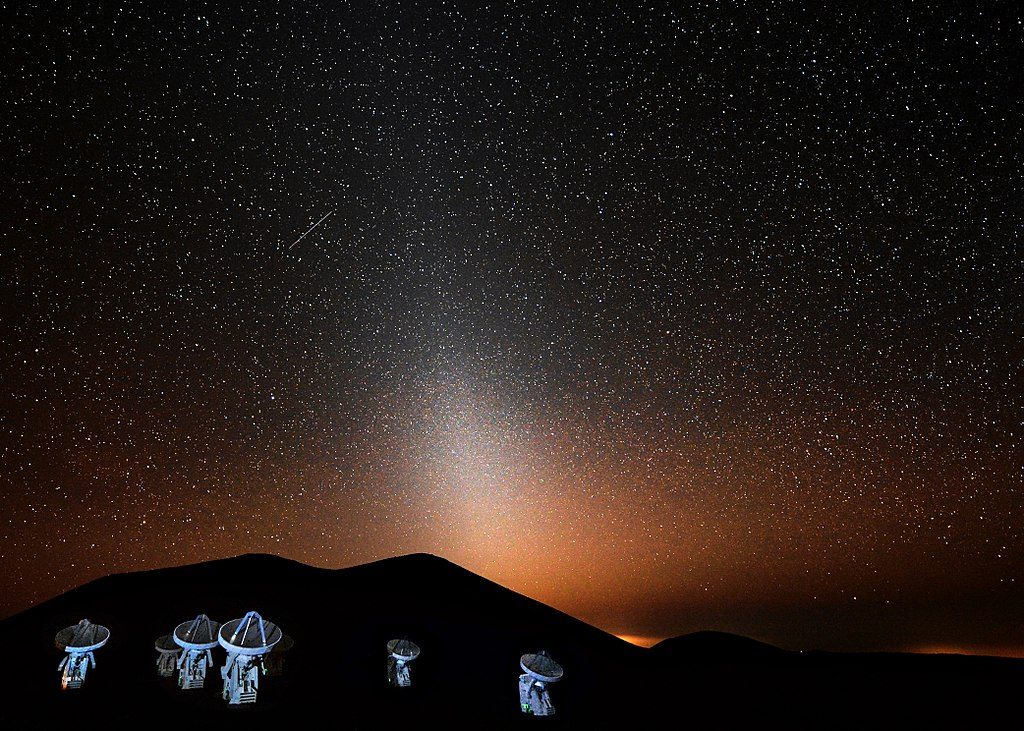
At the time of this writing, the indigenous people of Hawaii are embroiled in a conflict over modern astronomical observatories being built on the holy mountain of Mauna Kea.
The skies above Mauna Kea are ideal for modern astronomical observations, and while in the beginning, native groups were willing to accommodate researchers, as time has gone by the scientists have asked for more and more land until tensions erupted over the current conflict with the native Hawaiians filing formal complaints about cultural oppression.
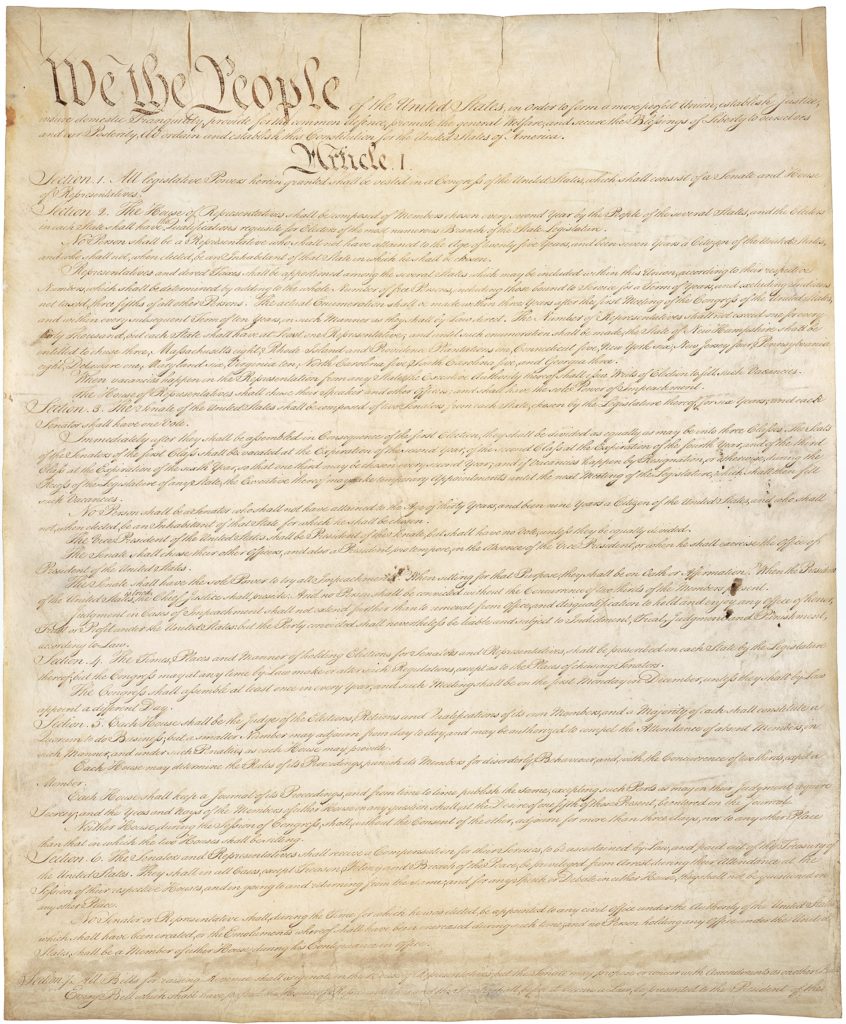
The influence can go both ways. The Constitution and many other early documents of the United States were heavily influenced by the first peoples. The Iroquois developed a sophisticated set of rules to govern responses to internecine conflict, based on logic and the seven moral foundations mentioned above. Indigenous peoples have a strong respect for individual autonomy, so long as the individual remains inside of cultural norms. As a result of this interaction, it was easier for the United States to introduce safeguards for individuals that were only poorly understood at the time, but have been shown to include wisdom to rival the greatest European and Classical thinkers.
Based on our conversation with Dr. Nordvig, it is easy to see that Inuit societies were very voluntary in nature, which seems to have added to the enthusiasm and cohesiveness of the groups. While there was no formal Non-Aggression Principle, their deep respect for all life, not just human, combined with their repugnance for cannibalism, indicates they lived a life of non-or-low aggression and found the idea of aggression to be against the natural order. In fact, Dr. Nordvig explained that a major problem the indigenous peoples of the north have with democracy and government is that they do not think it is proper or respectful to tell other people what to do, even in situations where they are behaving in immoral or disrespectful ways, until those behaviors have an impact on an individual or a group that cannot be ignored.
For a deeper look into this topic and others, please watch one of our interviews with Dr. Mathis Nordvig here:
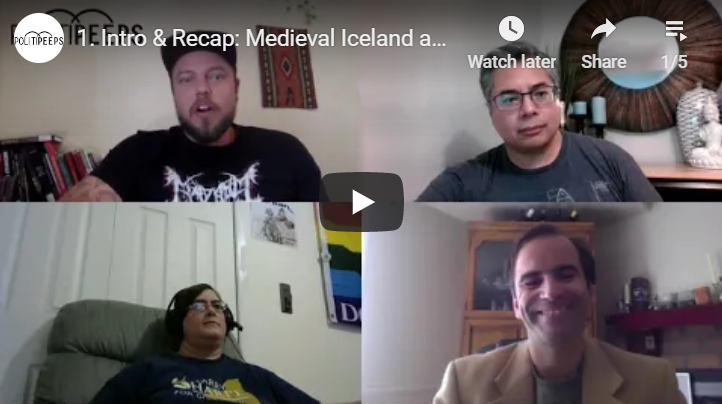

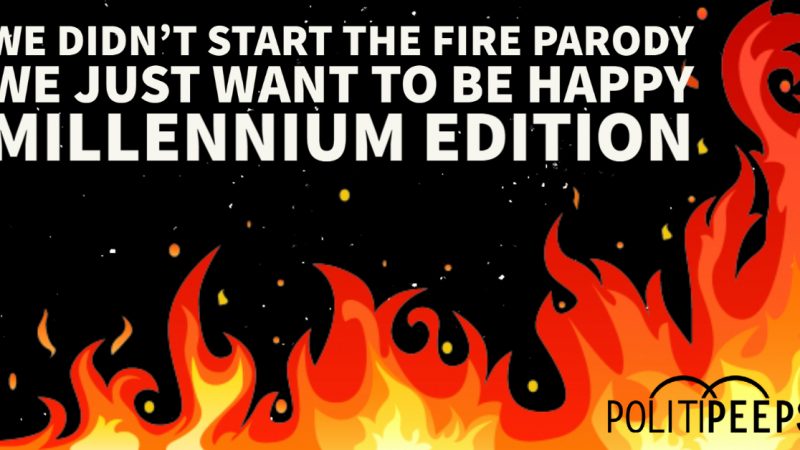
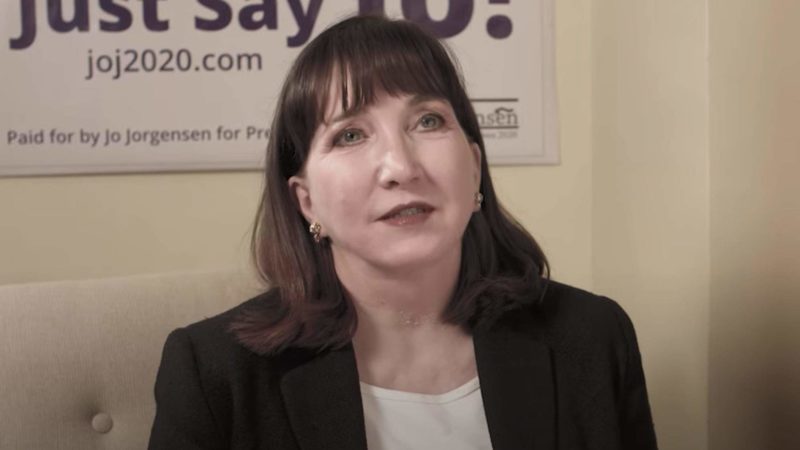
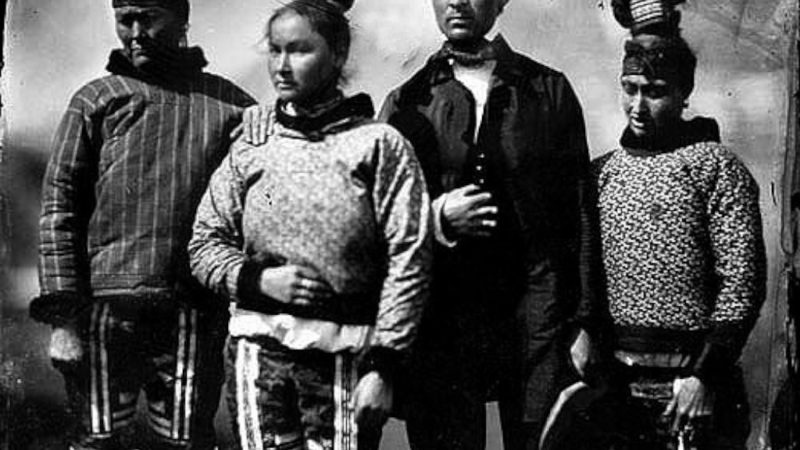
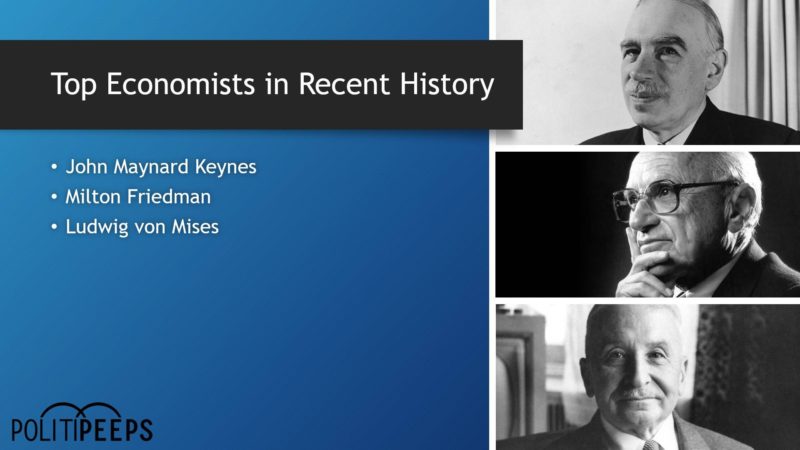
Facebook Comments